In the past weeks I was giving a Windows Server 2012 Hyper-V workshop to customers and as we went to the Hyper-V host management I talked about how you can update your Hyper-V infrastructure and how you can automatically update your Hyper-V cluster.
If we do not think about System Center Orchestrator we have basically two solutions to fully upgrade our Hyper-V clusters first is the System Center Virtual Machine Manager Fabric Patching which is available since System Center 2012. The second one is a new one called Cluster Aware Updating which is included in Windows Server 2012.
Both solutions do basically the same thing and using the same concept:
- Scanning the Hyper-V host for updates
- Putting the first node in maintenance mode and pause the node in the cluster
- Moving all virtual machines to other nodes of the cluster
- Installing the patches
- rebooting the server
- checking if all services are up again
- stop the maintenance mode
- start doing the same with the next node
This is basically what both solutions are doing, but there are small differences between them and both have advantages and disadvantages.
Cluster Aware Updating (CAU)
- Moving not only virtual machines to other nodes, it does also move other cluster roles and cluster disks to other nodes
- Cluster Aware Updating can use different update sources (Windows Update, Microsoft Update, WSUS, SCCM,…)
- You can apply hotfixes via CAU
- Cluster Aware Updating has APIs for third party vendors
- You can do driver or firmware updates via CAU
- You can schedule it via Self-Updating mode
- Run pre- and post-scripts
- Update Approval process over WSUS or SCCM
- Only supporting Windows Server 2012
- Coordination via cluster role
System Center Virtual Machine Manager
- Does only move virtual machines to other nodes
- Needs a WSUS server where the updates come from
- Only updates which can be installed via WSUS
- Virtualization (Fabric) Administrator will create update baselines and approve updates
- Not third-party integration
- Log – logs which administrator approved the updates
- Integration in System Center Operations Manager, sets host in maintenance mode on SCOM so no alerts are generated.
- Role based update management
- Supports Windows Server 2008, Windows Server 2008 R2 and Windows Server 2012 Hyper-V.
- Coordination via Virtual Machine Manager
Both solution do a great job and can of course be extended by using Windows PowerShell, System Center Orchestrator or third-party products.
The two main differences are Windows Server 2012 Cluster Aware Updating is definitely the newer solution with extensibility for third-party solutions with support for other cluster roles not just Hyper-V. Where System Center Virtual Machine is the clear winner, is where you have security roles in place and you need logs and other security features. And System Center Virtual Machine Manager has also a connection to System Center Operations Manager which lets you set Hyper-V nodes to maintenance mode.
Tags: CAU, Cluster, Cluster-Aware Updating, Fabric Patching, Hyper-V, Hyper-V Host Patching, Microsoft, Operations Manager, Orchestrator, SCOM, SCVMM, SORCH, System Center, System Center 2012, Updates, Virtual Machine, Virtual Machine Manager, VMM, Windows Server, Windows Server 2012 Last modified: January 7, 2019

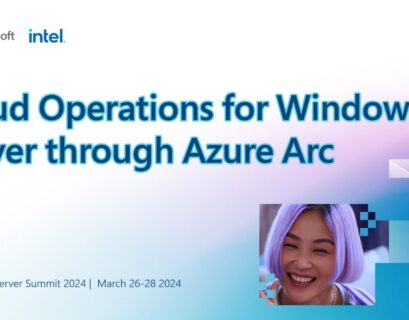

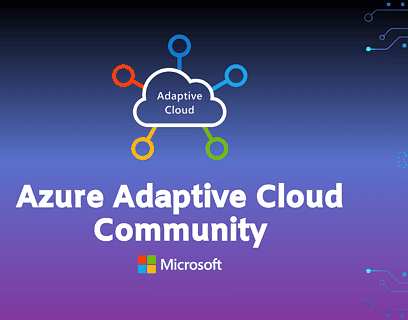
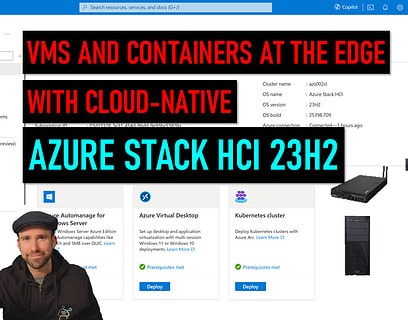


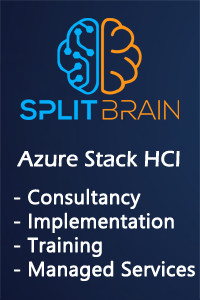

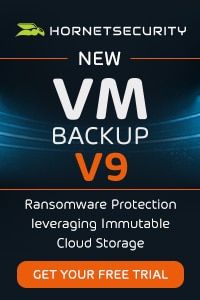
Thanks Thomas!! Valuable articles…
Could you please make one on memory allocation in Hyper..
comparison if possible with vmware balloing..
Best Regards…
Great you like my content! I will try if I find some time :)
Useful information however still disappointing that Microsoft hasn’t produced a working cluster patching solution which leverages sccm.
Sccm is their primary software update solution and should include full support for clusters.
Your article states that you can use SCCM for the Update Approval process. I can not find anything on the internet as to how to do that. Any idea where some good documentation is?